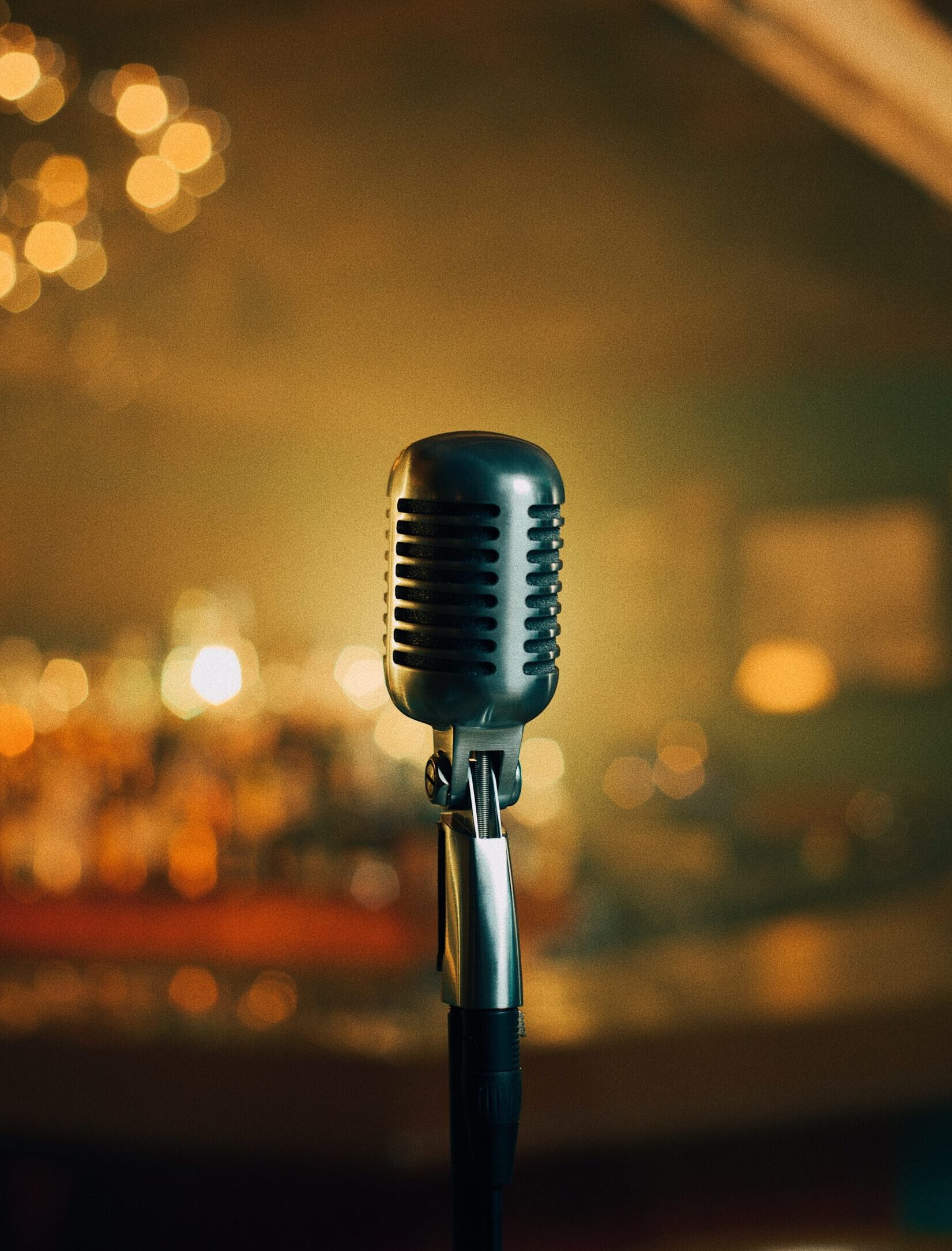7 Essential Sounds to Sample from Jazz
Jazz music has been one of the most important and influential genres in modern musical history. Its unique sound, characterized by improvisation, syncopated rhythms, and complex harmonies, has inspired countless artists across multiple genres. But beyond its artistic significance lies its potential for sampling – extracting small snippets of sound from existing recordings to use as building blocks for new music. Sampling jazz records can add a whole new dimension of depth and authenticity to your productions. In this blog post, we’ll explore seven essential sounds to sample from jazz that will take your tracks to the next level. So grab a cup of coffee and get ready to dive into the world of jazz sampling!
The 7 Essential Sounds
Jazz music is a treasure trove of sounds waiting to be sampled. With its improvisational nature, it’s no wonder that jazz has been a source of inspiration for countless musicians over the years. Here are 7 essential sounds to sample from jazz records:
- Horn Stabs – Short, sharp bursts of horn sections are perfect for adding emphasis and punctuation to your tracks.
- Walking Basslines – The steady rhythm and movement of walking basslines can add depth and groove to any beat.
- Swing Drums – Jazz drummers have a unique swing feel that is hard to replicate in other genres. Sampling swing drums can add an organic, live feel to your productions.
- Piano Chords – Jazz pianists often play complex chord progressions that can be used as the basis for new melodies or harmonies in your tracks.
- Scat Singing – Vocal samples from scat singers can add a playful and rhythmic element to your beats.
- Saxophone Solos – Whether it’s smooth and soulful or wild and energetic, saxophone solos have been sampled countless times in hip-hop and electronic music.
- Brass Swells – Long sustained notes from brass instruments create dramatic swells that can add tension or release in your tracks.

Sampling these essential sounds is just the beginning of what you can do with jazz records! Get creative with how you manipulate them using effects like filters, delays, and reverbs to make them fit seamlessly into any genre or style of music you’re working on.
How to Sample Jazz Records
Sampling jazz records is an art that requires patience, creativity and attention to detail. Here are some tips on how to sample from jazz records like a pro.

Firstly, choose your record wisely. Look for albums with great instrumentation, catchy melodies and interesting chord progressions. It’s essential to select the right source material before you start sampling.
Next, listen closely to the record and decide which part you want to sample. You can focus on a particular section such as the drums or bassline or experiment with different parts of the track.
Once you’ve decided on what to sample, use a good quality recording software to capture the sound accurately. Make sure that you have permission or clearance from the copyright holder before proceeding further.
After recording your desired sounds, manipulate them creatively using filters, effects and other tools at your disposal. Try experimenting with different tempos or adding new rhythm patterns for added depth.
Be original in your approach while respecting the traditions of Jazz music. Use samples as building blocks and add your own unique style into it rather than relying solely on pre-existing sounds.
Best Practices for Sampling Jazz
As you can see, sampling jazz music can be a rewarding experience for any producer or musician looking to incorporate the genre into their own work. However, it’s important to approach the process with respect and care in order to produce something truly exceptional.
Here are some best practices for sampling jazz records:
1. Research the history of jazz and its artists before diving in.
2. Listen carefully and choose samples that evoke emotion or tell a story.
3. Pay attention to tone, rhythm, and harmony when selecting samples.
4. Experiment with different tempos and arrangements to make your sample unique.
5. Always credit the original artist(s) whose work you’ve sampled from.
By following these guidelines, you’ll not only create better music but also help preserve the legacy of some of the greatest musicians in history.
So go ahead – grab your headphones, put on some Miles Davis or John Coltrane records – let their sounds inspire you as you embark on a journey through one of America’s most influential genres!






